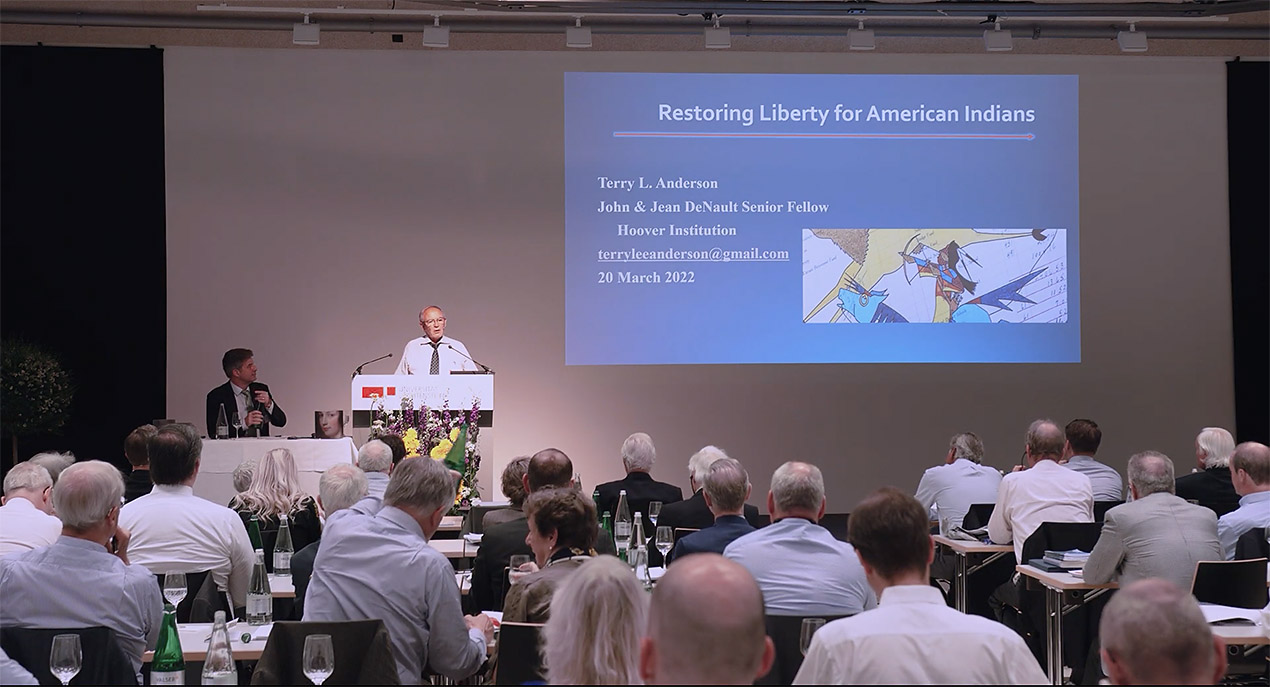The long ‘bridge’ of carbon capture and storage technology
by Dr. Carole Nakhle*

- CCS is one of the solutions necessary for reaching global climate goals
- The technology can make fossil fuel extraction cleaner and more efficient
- Costs are high, while varying market conditions create uncertainty
- Reaching the necessary capacity to help reduce climate change looks unlikely
There is no single magic bullet for turning global energy consumption patterns toward a cleaner future. Greening energy is not just about developing alternative sources of energy or ending the fossil-fuel era. Any technology that aims to reduce the environmental footprint of the fossil fuels industry also falls under this category. One such technology is carbon capture and storage (CCS) which captures carbon dioxide (CO2) emissions, the main culprit behind planetary warming, before they make it into the atmosphere.
Fossil fuels – oil, coal and natural gas – will continue to provide the lion’s share of global energy needs for the foreseeable future. In light of growing energy demand, it is therefore not surprising to hear Dr. Fatih Birol, the head of the International Energy Agency (IEA), stating that without carbon capture technology, “reaching our international climate goals is practically impossible.”
The technology also provides a precious lifeline for the fossil fuels industry, decarbonizing its activities. No wonder the industry-led Oil and Gas Climate Initiative (OGCI) has established a fund of more than $1 billion to accelerate the development of innovative low-emission technologies. Half of that sum is allocated to CCS.
The importance of CCS became widely recognized following the publication of a special report on the technology in 2005 by the Intergovernmental Panel on Climate Change (IPCC). However, to reach the desired targets, the world would need to capture, store or use around 850 million tons per annum (mtpa) of CO2, argues the OGCI. That would correspond to a more than 25-fold increase in global CCS capacity from the current 30 mtpa. Such a large increase is unlikely under existing conditions.
Rationale
To have a reasonable chance of keeping global average temperature increases from exceeding preindustrial levels by more than 1.5 degrees Celsius, the IPCC argues that worldwide CO2 emissions must be reduced by about 45 percent from 2010 levels (of around 31 billion tons) by 2030, reaching “net zero” by 2050, whereby any remaining emissions would need to be balanced by removing CO2 from the air. But global emissions continue to rise. In 2017, world CO2 emissions exceeded a staggering 33 billion tons.
Since energy supply, including electric power generation, and heavy industry (especially cement, iron and steel) account for nearly half of the carbon emissions in the world, targeting emissions from these two sectors would make a major contribution to the IPCC’s target. According to the IEA, CCS remains the only technology solution capable of delivering significant emissions reductions from the use of fossil fuels in these sectors.
Often described as a “bridging technology,” CCS is not a new practice. It has been around for decades and is widely used by the oil industry, primarily to boost production from a reservoir as part of the “enhanced oil recovery” (EOR) technique. Once all the commercial oil has been squeezed out, the CO2 remains buried in the depleted field. The use of CCS for EOR remains the most dominant application around the world, especially in the United States.
The first large-scale dedicated CCS initiative, the Sleipner project off the Norwegian coast, came on stream in 1996, taking CO2 from a natural gas production facility and injecting nearly 1 mtpa of it (about 3 percent of Norway’s total emissions) some 800-1,100 meters beneath the seabed.
Simple concept
CCS involves three processes: the capture, transport and permanent storage of CO2. Carbon Capture, Utilization and Storage (CCUS) is one variation of CCS, whereby the CO2 is used in the production of commercial products such as chemicals. Hence the description of this technique as “recycling” CO2.

The capture of CO2 can be done from fuel combustion or industrial processes. Around 90 percent of the CO2 produced from these processes can be captured. The compressed CO2 is then transported – typically via ship or pipeline – and either used in other production processes or injected deep underground in geological formations, such as depleted oil and gas fields, for permanent storage. This prevents it from getting into the atmosphere and minimizing the harmful effects of climate change.
CCS technology buries carbon dioxide deep underground. Some estimates have found that by 2040, Earth could store up to 5 billion tons of CO2 per year (source: macpixxel for GIS)
CCS technology buries carbon dioxide deep underground. Some estimates have found that by 2040, Earth could store up to 5 billion tons of CO2 per year (source: macpixxel for GIS)
In this respect, the potential is substantial. By 2040, according to French oil and gas giant Total, the planet could store up to 5 billion tons of carbon dioxide per year, equivalent to the emissions of more than 3 billion cars.
Applications
Currently, there are 20 large-scale CCS/CCUS projects in operation. These are mostly located in developed countries, primarily the U.S. Three are under construction – two in China and one in Australia. In addition, there are more than 100 smaller-scale projects.
Out of the nine facilities operating in the U.S., the Petra Nova project in Thompsons, Texas, which began functioning in 2017, stands out. With its CCUS configuration, it is the world’s largest and one of only two operating carbon capture units in the world attached to a coal-fired power plant – the WA Parish plant, itself one of the largest dual-fired (coal and gas) power plants in the U.S. The other similar project is the Boundary Dam plant in Saskatchewan, Canada, with a capture capacity of 1 mtpa of CO2. The Petra Nova project uses post-combustion carbon capture technology, and the captured CO2 is used to enhance oil production from the West Ranch Oil Field, about 132 kilometers away. The project is a partnership between American power company NRG Energy and Japan’s JX Nippon. Petra Nova has an annual capture capacity of 1.4 million tons of CO2, equivalent to the emissions produced by more than 350,000 cars.
Carbon capture and storage facts
In 2017, CO2 emissions rose after three flat years. According to initial IEA estimates, emissions rose again in 2018, reaching record highs
Globally, more than 30 million tons of CO2 are captured by large-scale CCUS facilities for use or storage. More than 70 percent of this occurs in North America (IEA, 2018)
The total public funding directed to CCUS project deployment over the past 10 years amounts to just 3% of that spent on subsidies for renewable power generation in 2016 alone (IEA, 2018)
The In Salah project in Algeria is the first to use geological storage of CO2 in a producing gas reservoir
Launched in 2014, the OGCI’s members include: BP, Chevron, CNPC, Eni, Equinor, ExxonMobil, Occidental Petroleum, Pemex, Petrobras, Repsol, Saudi Aramco, Shell and Total
Governments are keen to expand the technology’s application. In 2018, the U.S. government introduced significant fiscal incentives for CCUS investment. According to the IEA, these could trigger the largest surge in carbon capture investment of any policy instrument to date, on the magnitude of $1 billion over the next six years. That investment could create between 10 million and 30 million tons of additional CO2 capture capacity and enhance oil production through EOR by 50,000 to 100,000 barrels per day. At the same time, it would increase total global carbon capture by around two thirds.
Europe is showing equal dedication, especially with the North Sea’s favorable geology for storing CO2. Several offshore oil and gas fields will soon reach the end of their commercial life and would thereafter be available to use for CO2 storage. In October 2017, the UK government announced its goal to become a global technology leader for CCUS as part of its Clean Growth Strategy.
Recently, the Norwegian government awarded its national oil company, Equinor, the right to develop the world’s first offshore CO2 storage site. The CO2 would be sent to the facility from several onshore industrial sources. Those sources would capture the CO2 and send it to a receiving plant. There, it would be pumped to the offshore facility and buried 2,000 meters below the seabed. If the project works out, it could become the world’s first international CCS facility, since it could take CO2 from neighboring countries. Apart from support through direct funding, the Norwegian government has put a price on carbon emissions and is imposing a carbon tax, thereby encouraging companies to explore CO2 reduction alternatives.
Difficult pursuit
Equinor argues that while it may sound simple in principle, CCS requires completely new, bespoke technology throughout the process from the power station to offshore and into the ground. It describes the technology as “one of the greatest energy infrastructure challenges in the world today.”
Cost is a major handicap, with huge upfront investment and long-term exposure to risk and further expenses. The Petra Nova project comes with a price tag of $1 billion. The Kemper project, also in the U.S., ran into serious delays and cost overruns – construction costs exceeded $7.5 billion, compared to an initial estimate of $2.4 billion. The project was subsequently abandoned. The UK government’s new CCUS strategy is subject to “costs coming down sufficiently.”
There is also a wide variation in expenses, partly depending on location. Estimates put costs in Europe at up to 60 percent higher than in the U.S. Reservoir conditions, how the reservoir is developed, utilization, financing, and prevailing market and regulatory conditions are some of the reasons for the cost variations. According to a study for the UK government, costs can range from GBP 20 per ton of CO2 to more than GBP 500 per ton.
Project economics are highly sensitive to oil prices and the cost of alternative technologies, including investment in renewable energy, government policies and state finances, among others. According to a 2016 IEA report, policy on CCUS has fluctuated sharply, with government support gaining momentum through the first decade of the century but waning post-2009, after the failure of the Copenhagen meeting on climate change to reach a deal and following the global financial crisis and the collapse in oil prices. As a result, “more than 20 advanced large-scale CCS projects were canceled between 2010 and 2016 and the announced funding commitments were either scaled back or withdrawn across Europe, the United States and Australia,” the agency found. The IPCC 2005 report on CCS also highlights the importance of policies (including financial incentives for deployment), as well as technical aspects such as whether the risks of storage can be successfully managed.
Although the capture component of CCS is particularly expensive and energy intensive, the costs and risks will continue for decades: storage sites require continuous monitoring and assessment to ensure safe storage. Then there is the issue of long-term liability. The IPCC report states that “few countries have specifically developed legal or regulatory frameworks for long-term CO2 storage.” More recently, the Global CCS Institute assessed the readiness of over 50 nations for CCS and found that no nation has “yet established the conditions necessary to drive deployment at the rate required to meet ambitious climate targets.”
Back in 2007, the UK government announced that several CCS projects had been proposed by British industry and that the government planned to select one or more of these projects before the end of the following year, with the aim to have them fully operational by 2014. Twelve years later, the UK is yet to build its first CCS facility, with the government still describing the technology as “pre-commercial.” With the existing myriad of challenges, reaching commerciality seems like chasing the end of the rainbow.
*Dr. Carole Nakhle is the founder and CEO of Crystol Energy, an advisory, research and training firm based in London. An energy economist, she specializes in international petroleum contractual arrangements and fiscal regimes; upstream oil and gas regulations; petroleum revenue management and governance; energy policy, security and investment; and world oil and gas market developments.
She has worked with oil and gas companies (NOCs and IOCs), governments and policy makers, international organisations, academic institutions and specialized think tanks on a global scale. She is a regular contributor to Geopolitical Intelligence Services on energy matters, a program advisor to the Washington-based International Tax and Investment Center, a Member of the Executive Sessions on the Political Economy of Extractive Industries at Columbia University and a Participant in the OECD Policy Dialogue on Natural Resource-based Development.
































